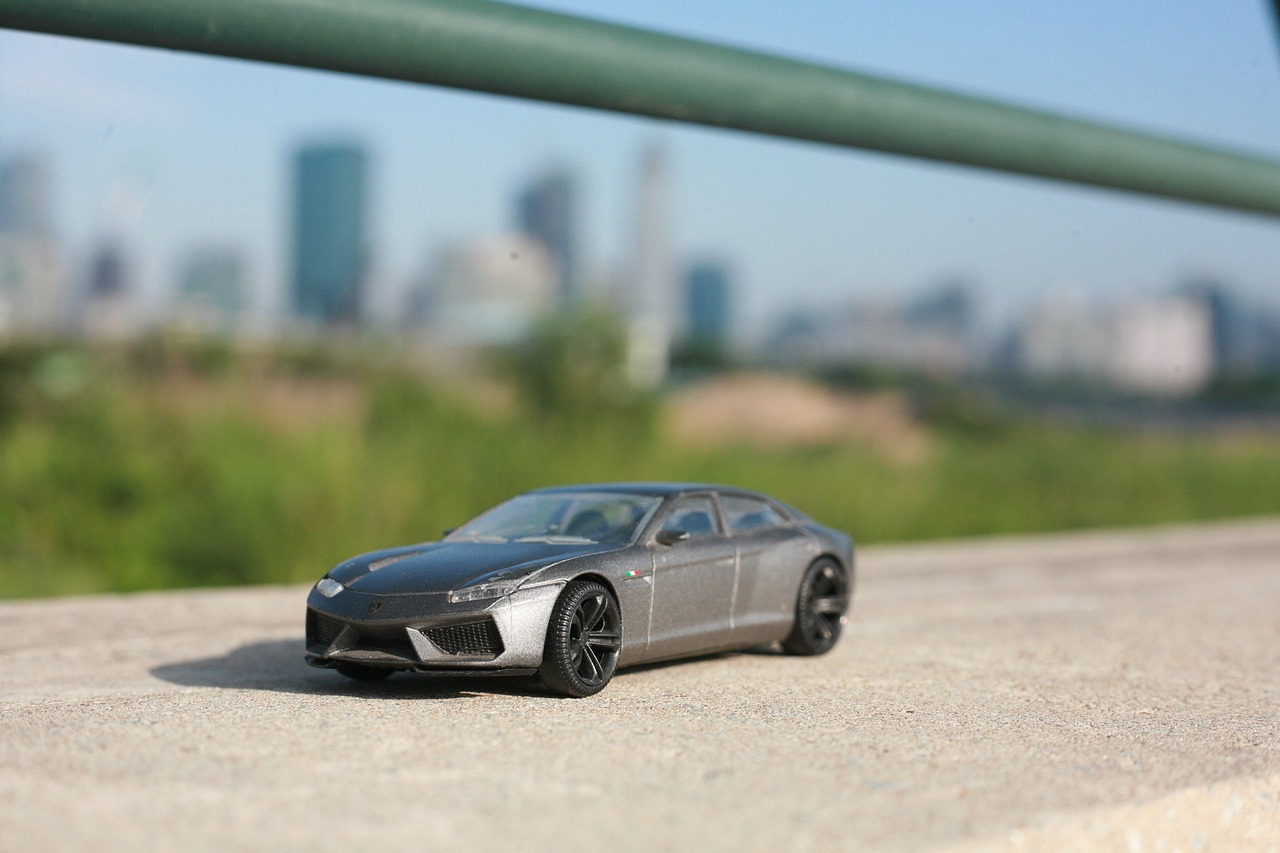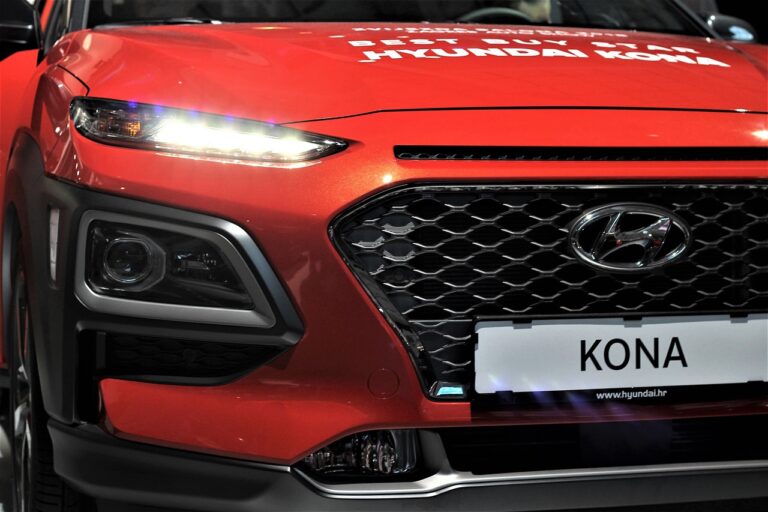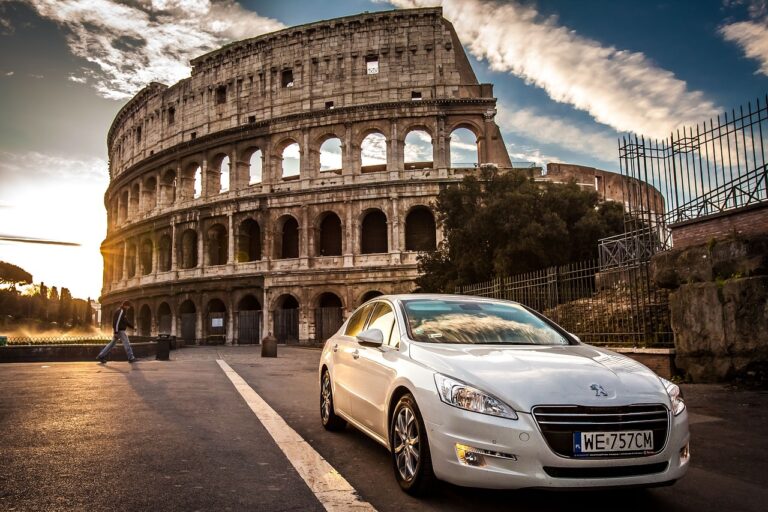The Influence of Bioinspired Design on Lightweight Materials for Cars
Bioinspired design has paved the way for innovative solutions in developing lightweight materials for cars. By drawing inspiration from nature’s efficient and durable structures, engineers are able to create materials that mimic the strength-to-weight ratio found in natural organisms. This approach not only reduces the overall weight of vehicles, enhancing fuel efficiency and performance, but also increases the sustainability of the manufacturing process by utilizing eco-friendly materials and designs.
Moreover, bioinspired lightweight materials often exhibit improved mechanical properties such as impact resistance and flexibility, making cars safer on the road. The integration of nature’s design principles into the automotive industry has led to advancements in structural engineering and material science, pushing the boundaries of what is possible in vehicle design. As researchers continue to uncover the secrets of nature’s adaptation and evolution, the potential for developing even lighter, stronger, and more durable materials for cars becomes increasingly promising.
Examples of Nature’s Influence on Lightweight Materials for Cars
In the automotive industry, nature often serves as a source of inspiration for developing lightweight materials that enhance the performance and efficiency of cars. One prominent example of nature’s influence on lightweight materials is the use of honeycomb structures in vehicle design. Mimicking the hexagonal patterns found in beehives, car manufacturers have incorporated honeycomb structures into components like panels and bumpers to achieve a high strength-to-weight ratio.
Another instance of nature’s impact on lightweight materials for cars is the adaptation of bird bones’ structural properties. Bird bones are known for being strong yet lightweight, making them ideal models for designing efficient automotive structures. By studying the composition and arrangement of bird bones, researchers have developed innovative materials that offer impressive durability while reducing the overall weight of vehicles.
What are the benefits of bioinspired design in lightweight materials for cars?
Bioinspired design in lightweight materials for cars can lead to improved strength-to-weight ratios, increased fuel efficiency, and enhanced crash resistance.
Can you provide examples of nature’s influence on lightweight materials for cars?
Sure! Examples include the use of biomimicry in creating lightweight structures inspired by the strength of spider silk or the lightness of bird bones.
How does nature-inspired design contribute to sustainability in the automotive industry?
Nature-inspired design can reduce the environmental impact of car manufacturing by using renewable materials and optimizing resource efficiency.
How do lightweight materials inspired by nature impact overall vehicle performance?
Lightweight materials inspired by nature can improve vehicle performance by reducing weight, increasing energy efficiency, and enhancing durability.





